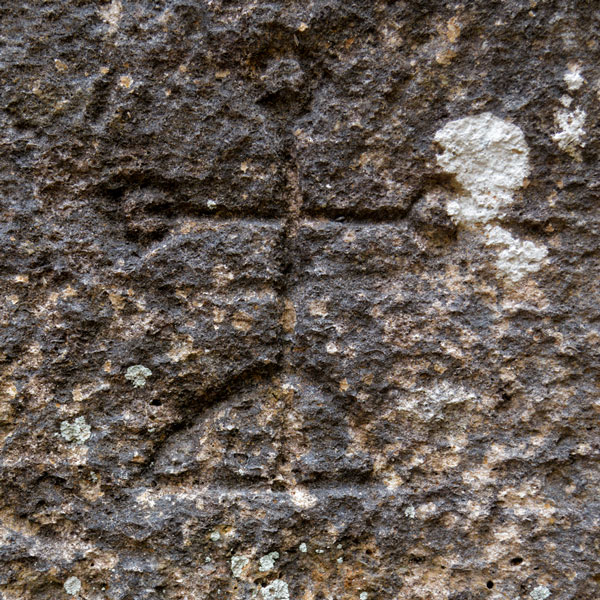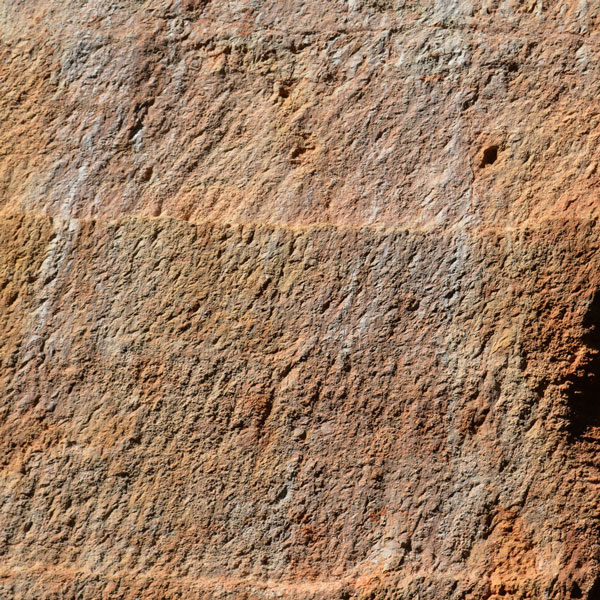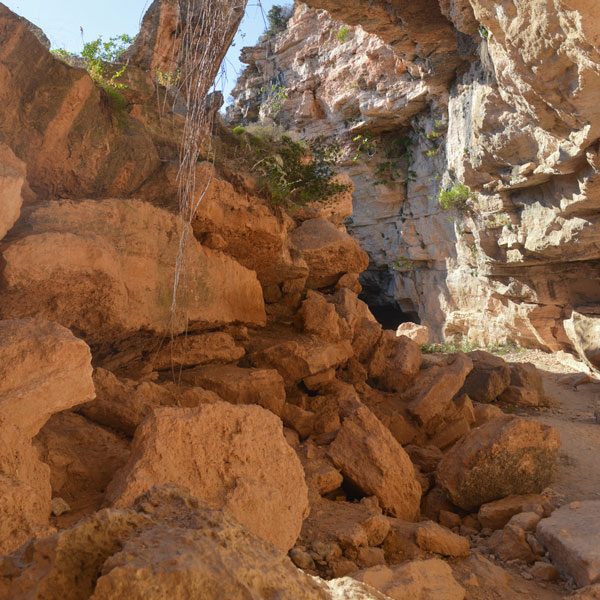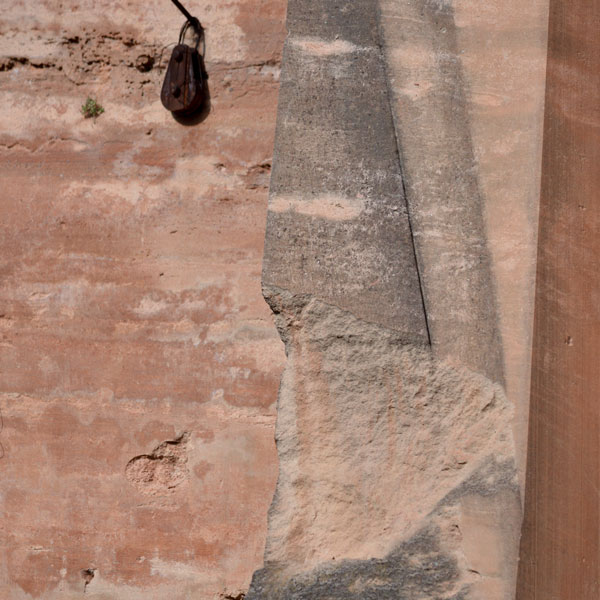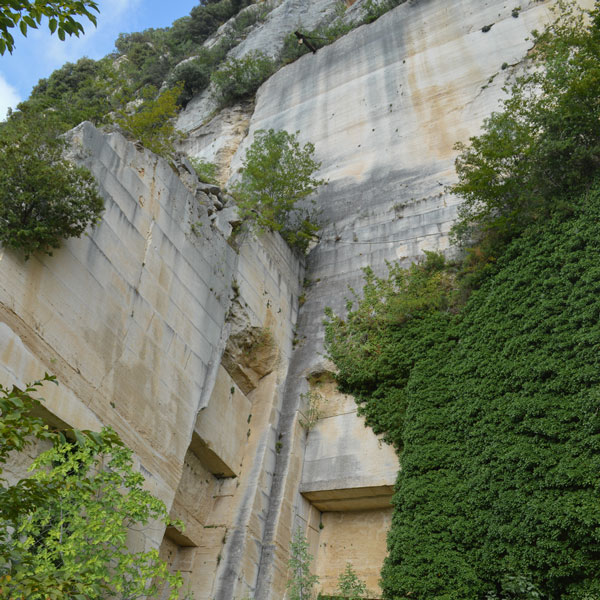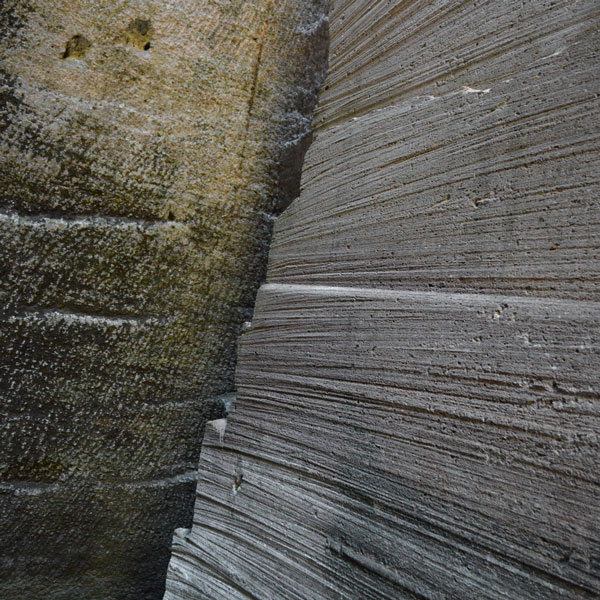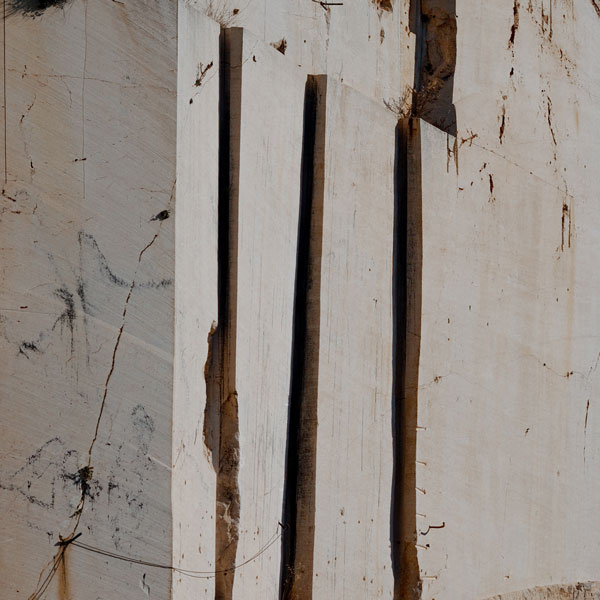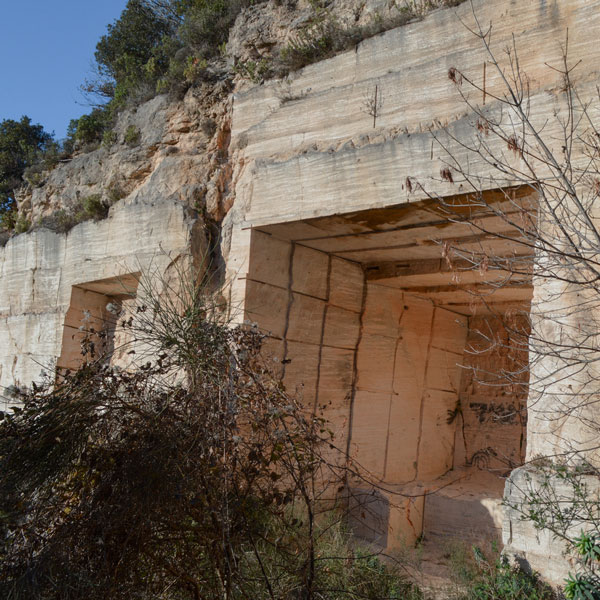The landscape of Finale
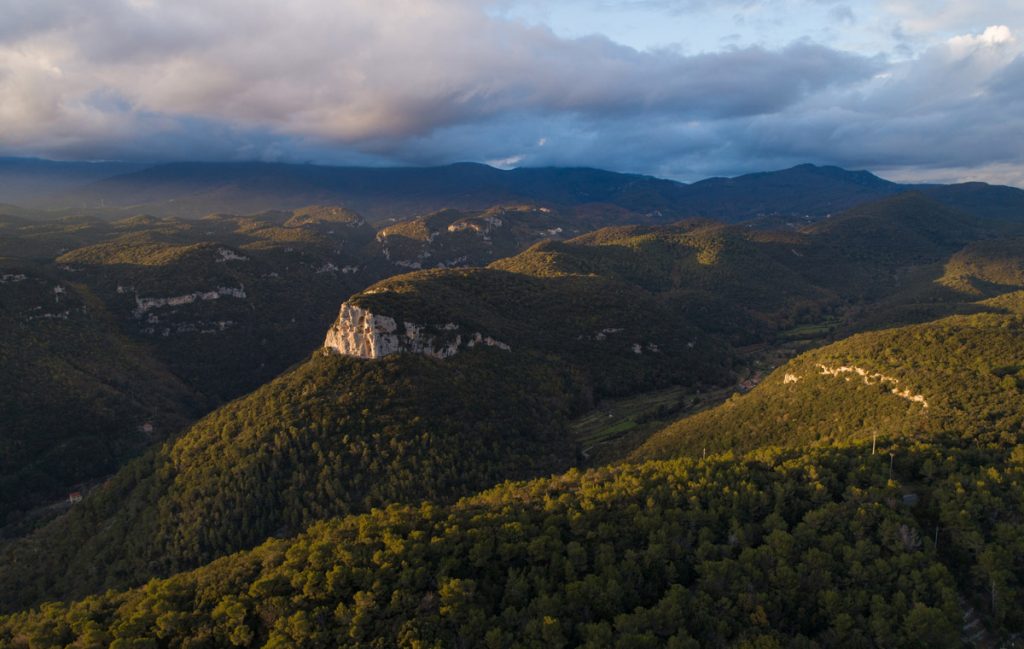

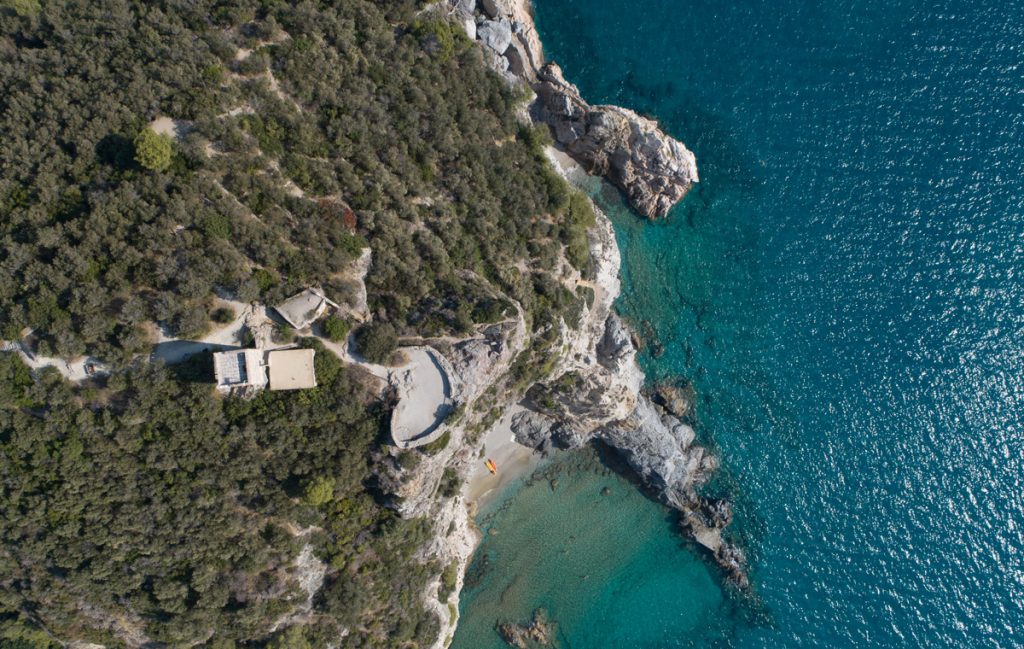
Nature and Man: creators of a cultural landscape
The landscape of Finale originates from the close relationship between the territory and man whose presence in this area of western Liguria is at least from 350.000 years ago: it’s an infinite time…
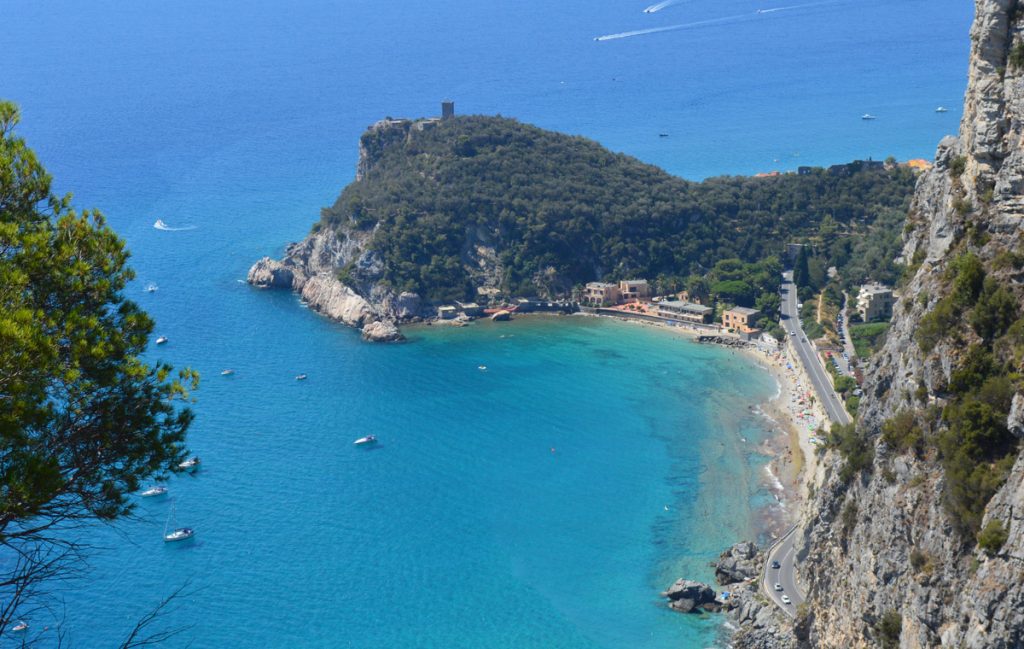
The MUDIF – Museo Diffuso del Finale wants to collect and transmit these aspects of a complex territory in which the visitor will find feelings and emotions linked to the presence of the “genius loci” that has always lived in it, making it alive.
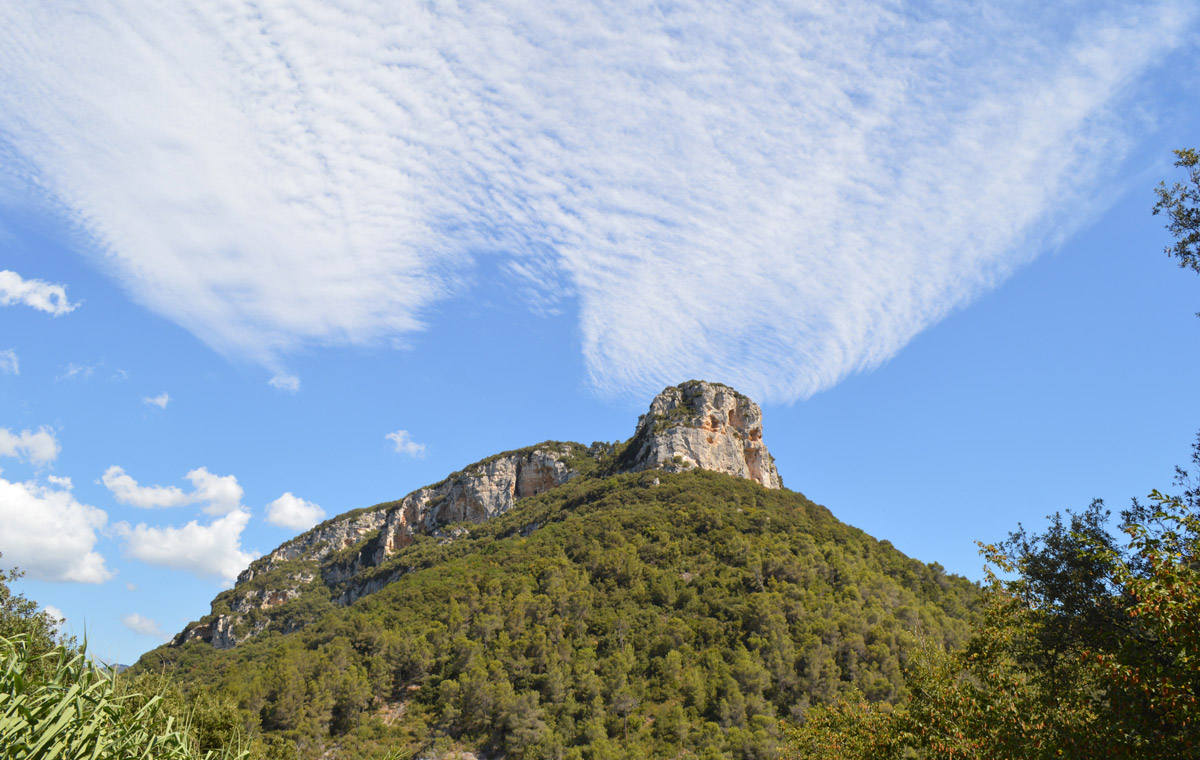

MORE INFORMATION – The landscape of Finale
Finale is a territory that faces the sea, in which the coast is interrupted by a sequence of capes and promontories that fragment and interrupt the tall cliffs overhanging the coast: from east to west Capo Noli, the Varigotti promontory with Punta Crena, the capes of San Donato and Colombera, the Gòttero and to finish Caprazoppa, the ancient Cravazotta, that is the Goat pit, the mountain massif known as the Cape of Borgio with which Finale ends to the west.
The marine offshoot of the mountains introduce an inland landscape in which harsh mountain ridges are interrupted by narrow valley formations, defined by Finale Stone vertical walls, formed by the erosion of water from small torrents of the ancient platform, born from the sedimentations of the sea of the oligo-miocene age between 28 and 11 million years ago.
In the definition of the landscape of Finale the Finale stone plays an important role ad is an absolute protagonist, not only for its impressive natural environment, that also thanks to the superficial and deep karstic phenomena that characterise it, with the formation of sinkholes, grottos and caves.
To these visions linked to the “natural” environment correspond the use of the light to dark shades of Finale stone for building. In this way it accompanies the human presence on the territory and mixes with its events.
It’s a relationship that can be seen not only in large and prestigious monuments like castles and noble residences but also in those rural contexts made of ancient stone houses, in which the size reflects the necessities of who lived in them or in the widespread culture of dry stone technique with walls built to reach the top of the mountains in alternation to natural cliffs.
The peculiarities and great fascination of the landscape of Finale come from a tight interrelation between natural and anthropic aspects without it being possible to create a caesura in time and space. On the other hand, the territory is a huge archive that tells the events of man and its relationship with the natural environment that surrounds it.
GALLERY
[ls_content_block id=”7170″]




